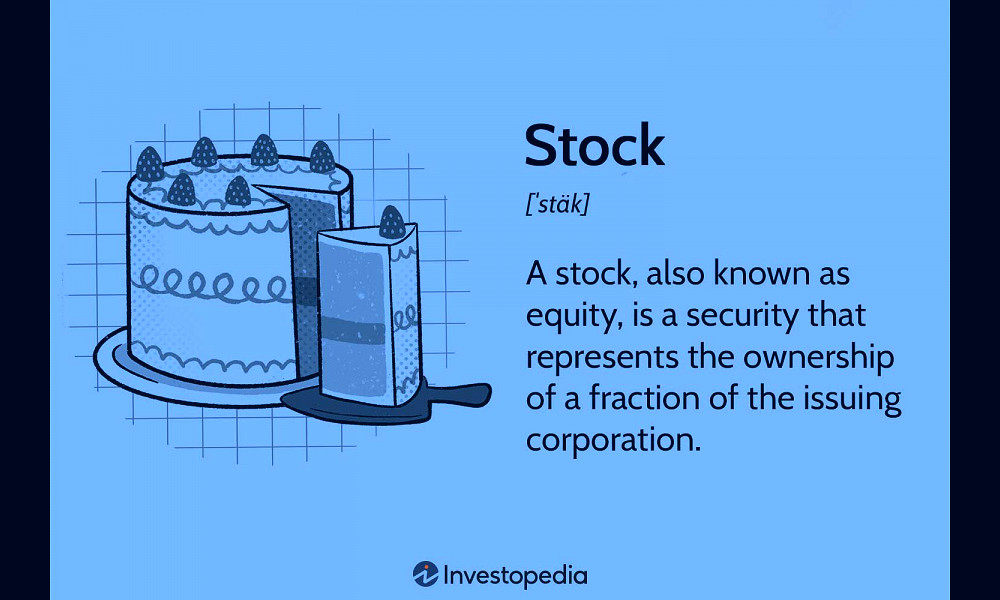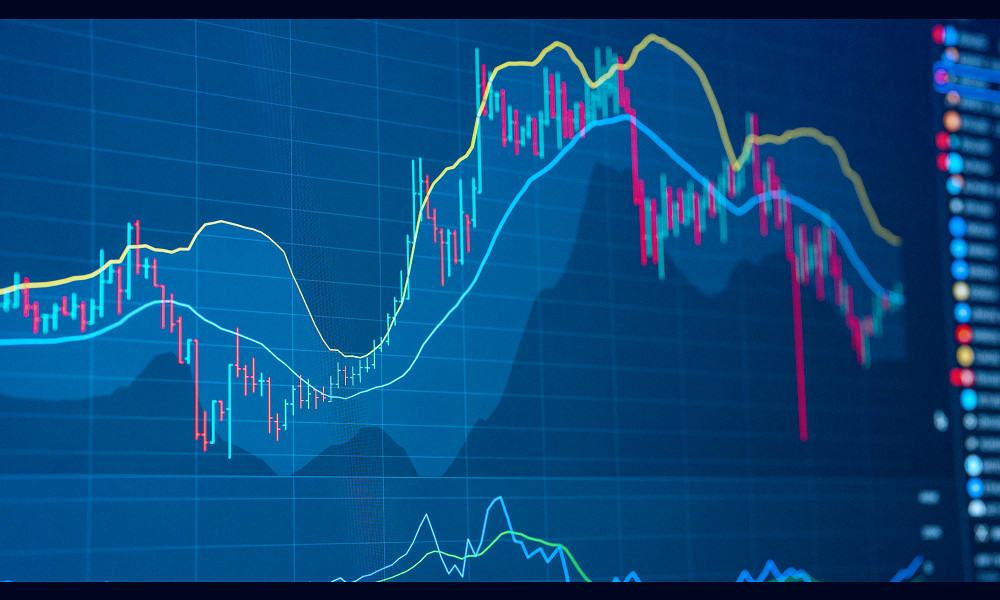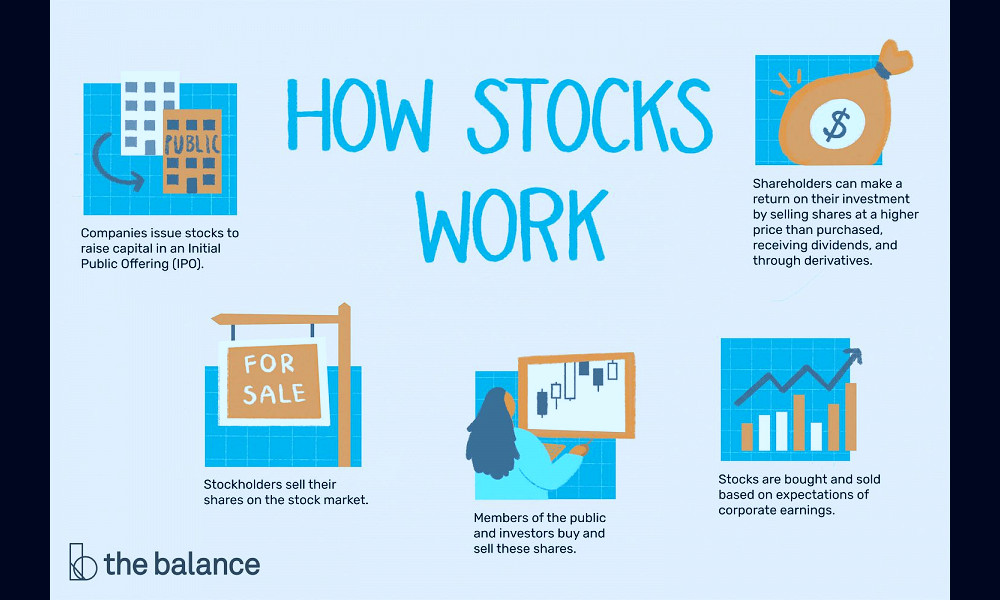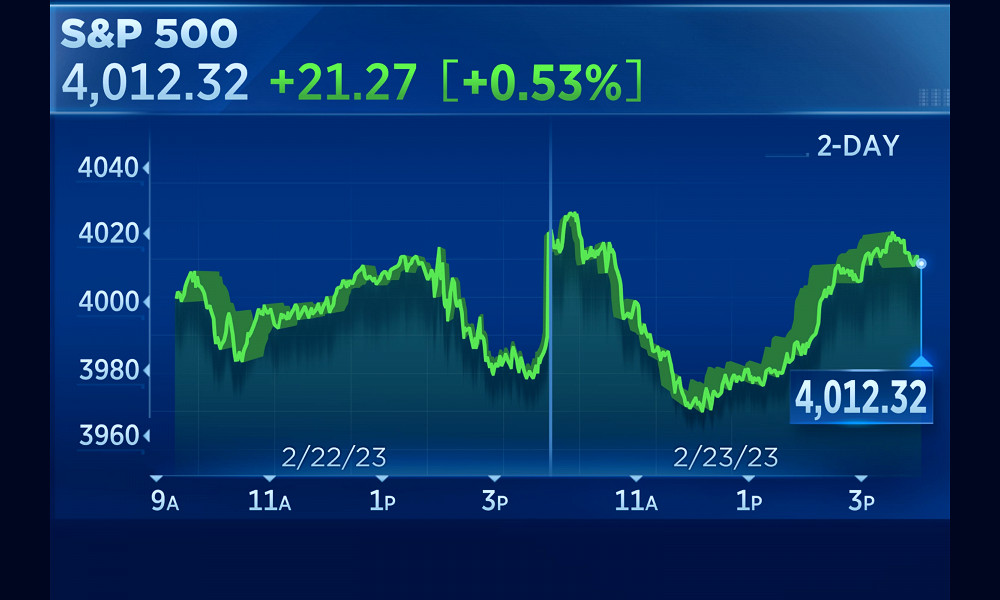
Understanding the Dynamics: A Comprehensive Guide to Stock Market Investing
Stocks represent shares of ownership in a company and constitute a claim on part of the company's assets and earnings. As you acquire more stocks, your ownership stake in the company becomes greater. They are a key component of any investment portfolio and can be purchased through a variety of platforms including brokers and online trading apps.
Understanding Stock Market Basics
Investing in stocks is a significant decision that can have profound financial implications. It's essential to grasp the basics, such as stock shares, dividends, capital gains, and stock exchange operations. A clear comprehension of these terms will enable you to make informed decisions. Read more
Evaluating Company Performance
A crucial aspect of stock investing is analyzing a company's performance. Critical parameters, such as earnings per share (EPS), price-to-earnings ratio (P/E), and return on equity (ROE), can provide insights into a company's profitability and financial health. Read more
Importance of Diversification
The age-old adage, "Don't put all your eggs in one basket," holds true in stock investing. Diversification involves spreading your investments across different sectors or industries to reduce the risk of substantial losses. Read more
Role of Market Trends
A keen understanding of market trends is invaluable in decision-making. Factors such as interest rates, economic indicators, political climate, and industry trends can significantly impact stock prices. Read more

The Power of Compounding
One of the key advantages of stock investing is the potential to benefit from compound interest. Reinvesting dividends can significantly increase your returns over the long term. Read more
Risk Management
Risk management is essential in stock investing. Setting stop-loss orders, diversifying your portfolio, and regularly reviewing your investments are some of the ways to mitigate risk. Read more
Long-term versus Short-term Investing
Understanding the difference between long-term and short-term investing is essential. While long-term investing focuses on wealth accumulation over years, short-term investing is about making quick profits. Read more
Importance of a Robust Investment Strategy
A well-defined investment strategy serves as a roadmap for your investment journey. It includes your investment goals, risk tolerance, and time horizon, among other things. Read more

Role of a Financial Advisor
A financial advisor can provide expert advice, tailored to your financial situation and goals. They can guide you on asset allocation, risk management, and tax planning, thereby optimizing your investment returns. Read more
Review and Adjust
The stock market is dynamic, and so should be your investment strategy. Regularly reviewing and adjusting your portfolio based on market conditions, your financial goals, or life changes is crucial for successful investing. Read more
Facts
1. The Origin of Stock Trading:Believe it or not, the concept of stock trading dates back to the 12th century. A group of traders in France started exchanging debts amongst each other - this was the birth of an early form of stock trading. The first public stocks were issued by the Dutch East India Company in 1602, marking the beginning of modern stock trading.
2. The Largest Stock Exchange:
The New York Stock Exchange (NYSE), founded in 1817, is currently the largest stock exchange in the world based on total market capitalization of its listed securities. Trillions of dollars are traded on the NYSE every day, making it a major hub of global finance.
3. The Impact of the Internet:
The internet has completely revolutionized stock trading. Before the internet era, stock trading was a highly exclusive activity, reserved for the wealthy and the elite. However, the advent of online trading platforms has made stock trading accessible to anyone with an internet connection and a small amount of capital.
4. The Story of the First Millionaire:
The first millionaire by stock trading was James Fisk, a notorious Wall Street broker in the late 19th century. His aggressive and often unethical business tactics earned him a fortune, but also led to his downfall. His life serves as a reminder of the potential risks and rewards of stock trading.
5. The Role of Algorithms:
Today, a significant portion of stock trading is done by algorithms. These complex computer programs are capable of buying and selling stocks in fractions of a second, far faster than any human trader could. This has led to the emergence of high-frequency trading, a controversial practice that has transformed the world of stock trading.
6. The Crash of 1929:
The stock market crash of 1929 was one of the most devastating events in financial history. It led to the Great Depression, a period of severe economic hardship that lasted for a decade. This event serves as a stark reminder of the potential dangers of stock market speculation.
7. The Bull and the Bear:
The terms bull market and bear market are commonly used to describe the state of the stock market. A bull market refers to a period of rising stock prices, while a bear market signifies falling stock prices. These terms originated from the way these animals attack their opponents - a bull thrusts its horns up into the air, while a bear swipes down.
8. The Importance of Diversification:
Diversification is a key strategy in stock trading. By spreading investments across a variety of different stocks, traders can minimize their risk and increase their chances of making a profit. It's like the old saying goes - don't put all your eggs in one basket.
9. The Longest Bull Market:
The longest bull market in history lasted for 11 years, from March 2009 to February 2020. During this period, the S&P 500 index increased by more than 400%. However, this record-breaking bull market came to an abrupt end with the onset of the COVID-19 pandemic.
10. The Impact of News:
News events can have a significant impact on stock prices. Major political events, economic data releases, and corporate earnings reports can all cause sharp movements in stock prices. This is why many traders closely follow the news and use it to inform their trading decisions.
Read more
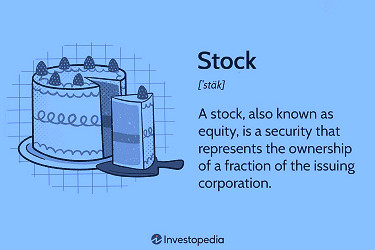 Stocks: What They Are, Main Types, How They Differ From Bonds
Stocks: What They Are, Main Types, How They Differ From Bonds How to Read Stocks: Charts, Basics and What to Look For - TheStreet
How to Read Stocks: Charts, Basics and What to Look For - TheStreet What are Stocks and How Does One Make Profit From Them? | Analytics Steps
What are Stocks and How Does One Make Profit From Them? | Analytics Steps Goldman Sachs: 39 Stocks Expected to 3x S&P 500 With Low Risk
Goldman Sachs: 39 Stocks Expected to 3x S&P 500 With Low Risk Is It Time to Buy the S&P 500's 4 Worst-Performing Stocks? | The Motley Fool
Is It Time to Buy the S&P 500's 4 Worst-Performing Stocks? | The Motley Fool Stock Market News Today – Stocks End Week on Positive Note - TipRanks.com
Stock Market News Today – Stocks End Week on Positive Note - TipRanks.com S&P 500 in 'terrific uptrend' as sectors reach record-highs: Analyst
S&P 500 in 'terrific uptrend' as sectors reach record-highs: Analyst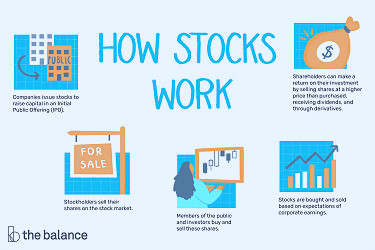 What Are Stocks?
What Are Stocks? Stock Market Today: Stocks Close Higher in Light Trading | Kiplinger
Stock Market Today: Stocks Close Higher in Light Trading | Kiplinger Stock Market Selloff: How Falling Stocks Affect Your 401(k) | Money
Stock Market Selloff: How Falling Stocks Affect Your 401(k) | Money Real-Time Quotes | Nasdaq
Real-Time Quotes | Nasdaq 2 Unstoppable Growth Stocks to Buy on the Dip | The Motley Fool
2 Unstoppable Growth Stocks to Buy on the Dip | The Motley Fool Top Dividend Stocks for August 2023
Top Dividend Stocks for August 2023 Stock Market Today: Stocks Rally on Encouraging Jobs Data | Kiplinger
Stock Market Today: Stocks Rally on Encouraging Jobs Data | Kiplinger How to Invest in Stocks | Money
How to Invest in Stocks | Money Stock Market Today – Stocks Rally as NASDAQ 100 Gains Over 7% - TipRanks.com
Stock Market Today – Stocks Rally as NASDAQ 100 Gains Over 7% - TipRanks.com 3 Tech Stocks Well Positioned For Growth At A Reasonable Price | Entrepreneur
3 Tech Stocks Well Positioned For Growth At A Reasonable Price | Entrepreneur Common Stock: What It Is & How It Works | Seeking Alpha
Common Stock: What It Is & How It Works | Seeking Alpha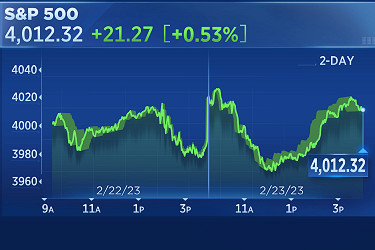 Stock market today: Live updates
Stock market today: Live updates How To Make Money In Stocks – Forbes Advisor
How To Make Money In Stocks – Forbes Advisor 